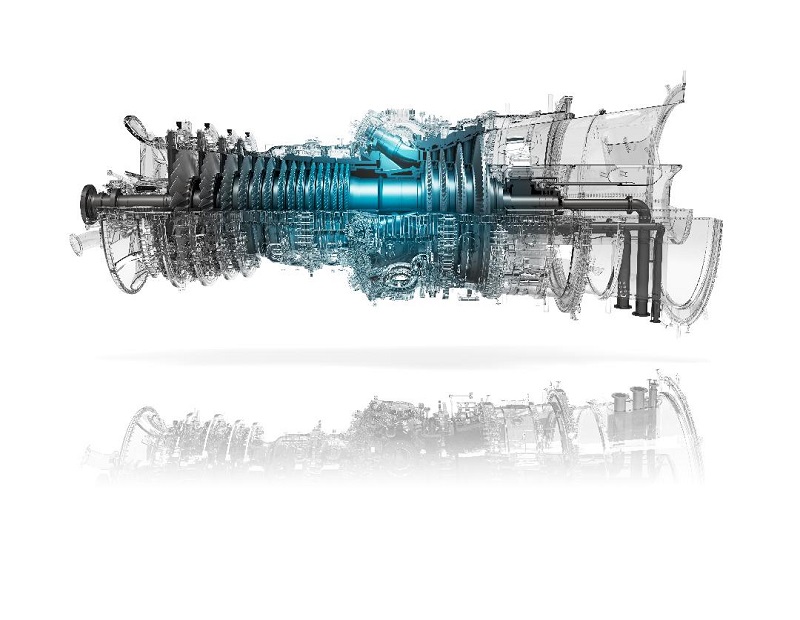Utah’s Salty Solar Storage Solution
An unusual geological feature in central Utah provides the setting for a plan to create a 1,000-megawatt solar energy storage project.

A gas turbine of the type that will be used in the Clean Energy Storage Project. Image courtesy of Mitsubishi Hitachi Power Systems
In multiple areas of the western U.S., the production of power from renewable sources at times exceeds the demand. This mismatch results in negative electricity pricing and temporarily halts renewable generation. To ensure renewable energy generation is ongoing and serve the power requirements of the entire Western U.S. demands the addition of many gigawatt-hours of storage capacity.
This dilemma is behind a plan to develop the world’s largest solar energy storage project. Located in Millard County, Utah, the Advanced Clean Energy Storage project will provide 1,000 megawatts of clean energy storage, which will be integrated into the western U.S. grid via the existing Intermountain Power Project.
ACES is a joint venture of Mitsubishi Hitachi Power Systems, a leading provider of heavy-duty gas turbines, and and Holladay, Utah-based Magnum Development. The project’s sponsors cite the combination of natural gas and storage—and ultimately all-renewable storage—as vital components of decarbonization strategies.
Utah, Magnum Development owns and controls a site in Millard County that contains an unusual geological phenomenon called a domal salt formation. Uusally found in Gulf Coast states, the underground feature is the linchpin of the project because it can store the hydrogen or compressed air for the project.
“The formation is the only one in the western U.S.,” Todd Brezler, vice president of marketing at MHPS, told Commercial Property Executive. Magnum specializes in below-ground, utility-scale underground energy storage technologies. It currently operates five salt caverns for liquid fuel storage, and is involved in the development of compressed air energy storage and renewable hydrogen storage alternatives.
Deep Dome
Located some 3 miles below the surface, the salt dome is estimated to be about mile deep and 3 miles wide. That provides enough capacity for virtually unlimited storage. Moreover, Brezler said, “This amount of storage will allow for seasonal energy storage.”
For its part, MHPS will provide gas turbine technology that helps replace coal-fired power with a combination of natural gas and renewable hydrogen. The company’s latest turbine uses 100 percent renewable hydrogen as a fuel source, thus generating electricity with no carbon emissions. Incorporating hydrogen-powered gas turbines into a hydrogen storage salt dome enables electricity to be generated and stored with zero carbon emissions.
The ACES project promises to provide enough storage to meet the needs of 150,000 households for one year. Four technologies will be used: renewable hydrogen, compressed air-energy storage, large-scale flow batteries and solid oxide fuel cells. The methods will be capable of storing electricity for periods ranging from an entire season to mere seconds.
The first 250-megawatt storage facility is expected to be complete by 2025 at a cost of approximately $1 billion, Brezler said. The above-ground footprint is yet to be determined and will be based on market demand and mix of technologies required. The next steps are to “secure the off-takers of the energy,” he added.
“This is the first application of combined renewable energy storage and power generation from renewable hydrogen,” Brezler said. “However, MHPS already has vast experience with high hydrogen content fuel.”







You must be logged in to post a comment.